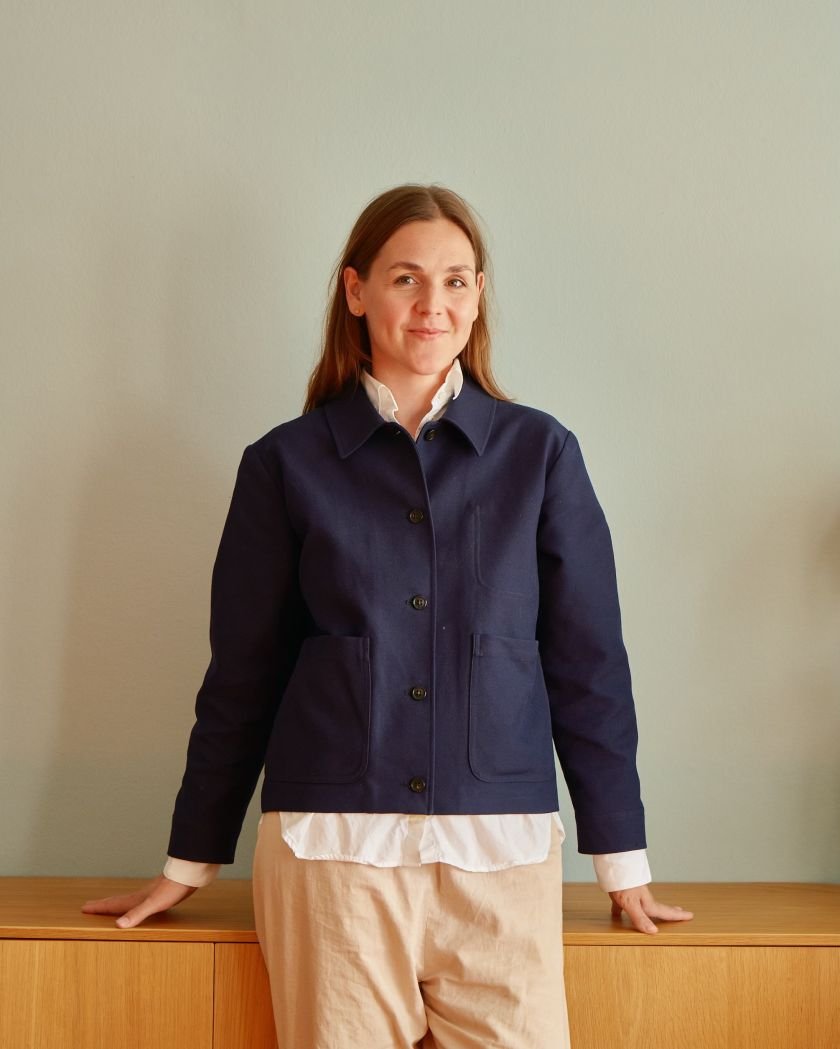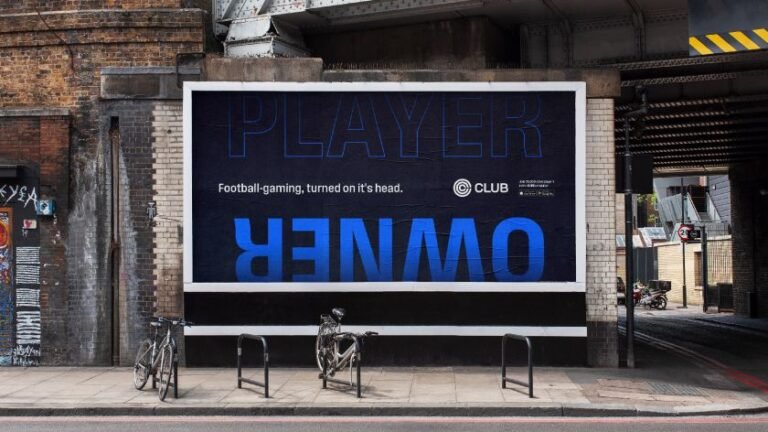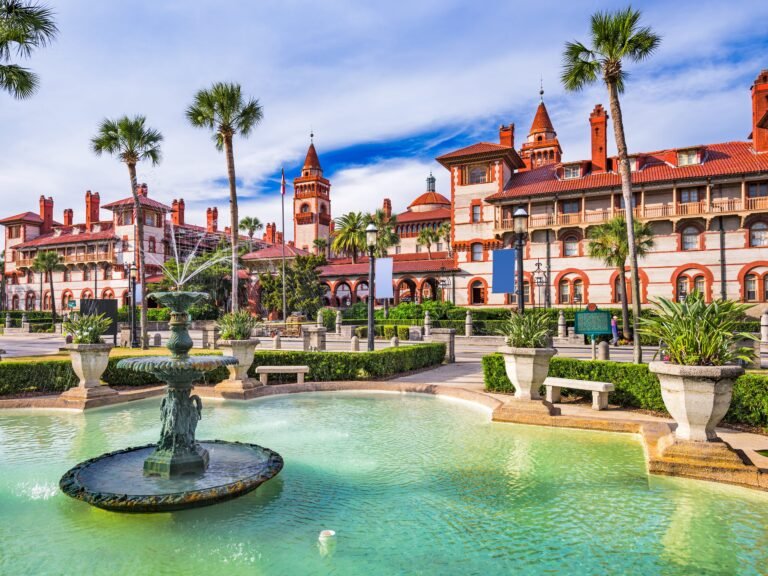

After five years of leading her own agencies in Copenhagen, co-founder and managing director Sabina Karlson is entering a new chapter, taking a step back to reflect, spend more time with her family, and explore what’s next. Through our Work-Life Balance & Boundaries theme, she reflects on preserving your creative energy and why leaving at the right time can be as powerful as starting something new.
When Sabina Karlson launched her own agency in 2020, it was a chance to shape a business that valued both creative excellence and personal life, all on her own terms. Now, five years on, she’s making a different kind of bold move by stepping away from the company while it’s thriving.
With a strong brand, great clients, and a new managing director in place, Sabina is taking time to be with her family, explore her wider interests, and reflect on what her next step should look like. In our latest In Her Own Words feature, she talks about learning to set boundaries, protecting creative energy, and redefining what balance means at different stages of life.
Have you ever struggled with setting boundaries in your career, and how did you handle it?
Yes – especially early in my career. When I started out in advertising as an account manager, I wanted to learn fast and prove myself. I worked long hours, answered emails at any time, and felt guilty if I didn’t respond instantly. I remember ending morning workouts and running to my locker to check if a client had called, my stomach in knots if I’d missed them. No one asked me to do this. I put the pressure on myself, thinking that being “always on” made me better at my job.
When I had my first son in 2019, I realised that if I kept working like that, I’d be a distant mum with no energy left for my family. Starting my own agency the following year gave me even more perspective. I could set my own rules, and I learned it was okay to answer later – even if the project was important.
It’s still something I have to work on. In high-pressure situations, I sometimes slip back into old habits. But I’ve learned that most things can wait until tomorrow, and being available at all hours doesn’t make you a better leader. For me, the real pressure came from worrying about what others might think if I didn’t reply straight away.
In reality, most people don’t expect you to respond at all hours. If you’re structured, transparent, bring good ideas, and are reliable, they know you’re there and will deliver. The boundary isn’t about checking emails; it’s about letting go of the guilt.

Sabina and the Studio Morfar team – Torsten Power (middle) and Miguel Gallo (left)
How do you protect your creative energy while managing deadlines and demands?
I protect creative energy by making it the priority, even when budgets and timelines are tight.
For me, creative energy is the spark between the creative team, the client, and myself – and creative quality has always been the deciding factor. If that spark and excitement are alive, we keep going. If they’re not, it’s usually a sign we need to either rethink the idea or make changes so it’s doable. Delivering something that’s just “okay” because the timeline says so has never worked for me.
One example was a branding project at Studio Morfar with a very tight deadline. During the creative process, we fell in love with an illustrator’s style that felt perfect for the brand. The client agreed, and everyone was excited to move into execution – but the illustrator was fully booked for two months, which would completely break the timeline. It was stressful knowing we had to bring this news to the client.
Instead of rushing to find a quicker but less fitting option, we were transparent and asked if he’d be open to pausing the project so we could work with this illustrator. He agreed, and the project ended up being a great success with international recognition.
When I first started as a project manager, I treated deadlines as unmovable. I thought they had to be met exactly as planned. But creative work doesn’t work like that — it’s not linear, and you rarely know the final answer from the start. Now I see deadlines as part of the process, not just a barrier. That flexibility has made me a better leader and, I think, produced better work.


Sabina and family

What does a balanced life look like for you, and how do you work towards it?
Balance has meant different things at different stages of my life. When I was younger and had no family, working late and saying yes to everything felt right. Now, with two children and a husband, balance is about being fully present – whether I’m at work, with my kids, or with friends – without feeling guilty about what I’m not doing.
That lesson ties back to what I’ve learned about boundaries: letting go of guilt is just as important as setting the boundary itself. Starting my own agency was partly about my love for creative work, but also about creating a way of working that allowed for family time.
My co-founders and I shared values around creativity and personal life, and that understanding made it possible for all of us to have a healthier balance. I’ve learned two big things about balance. First, it’s personal, and it changes with life. Second, it’s much easier to keep when you work with people who share your values.
Right now, I’m in a new chapter. After five years as co-founder and managing director of Studio Morfar, I’ve chosen to step away to reflect on what’s next – not during a crisis, but at a moment when the company is in a strong position, with a solid brand, great clients, and a talented team. Our kids are growing, life is changing, and I want to think about what my next step should look like – not just in terms of career, but in how it fits with the balance I want for my whole life.





